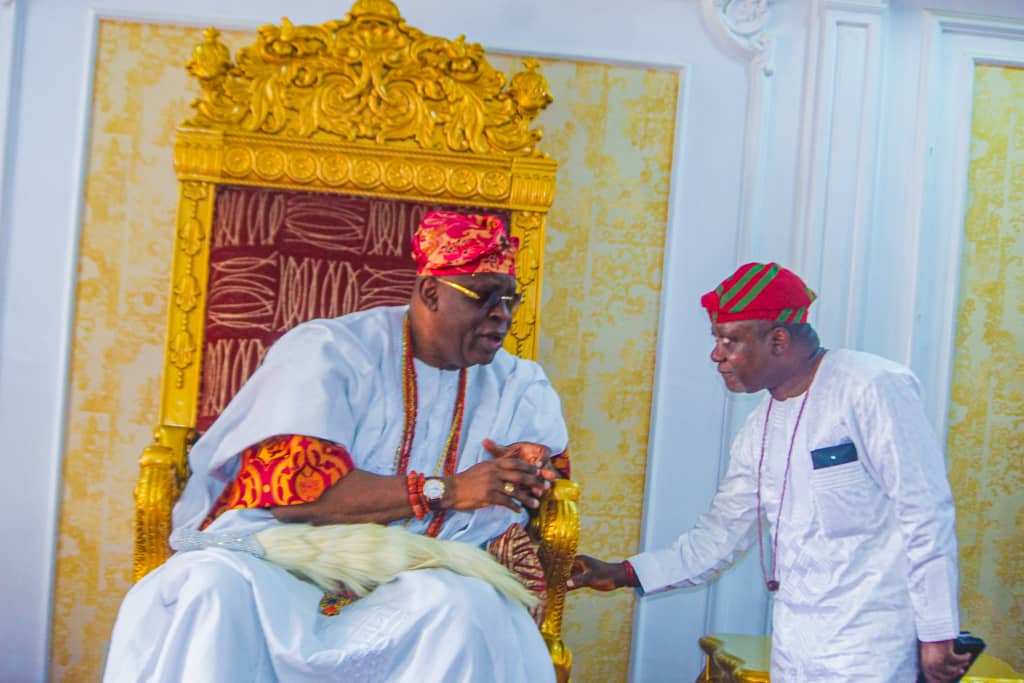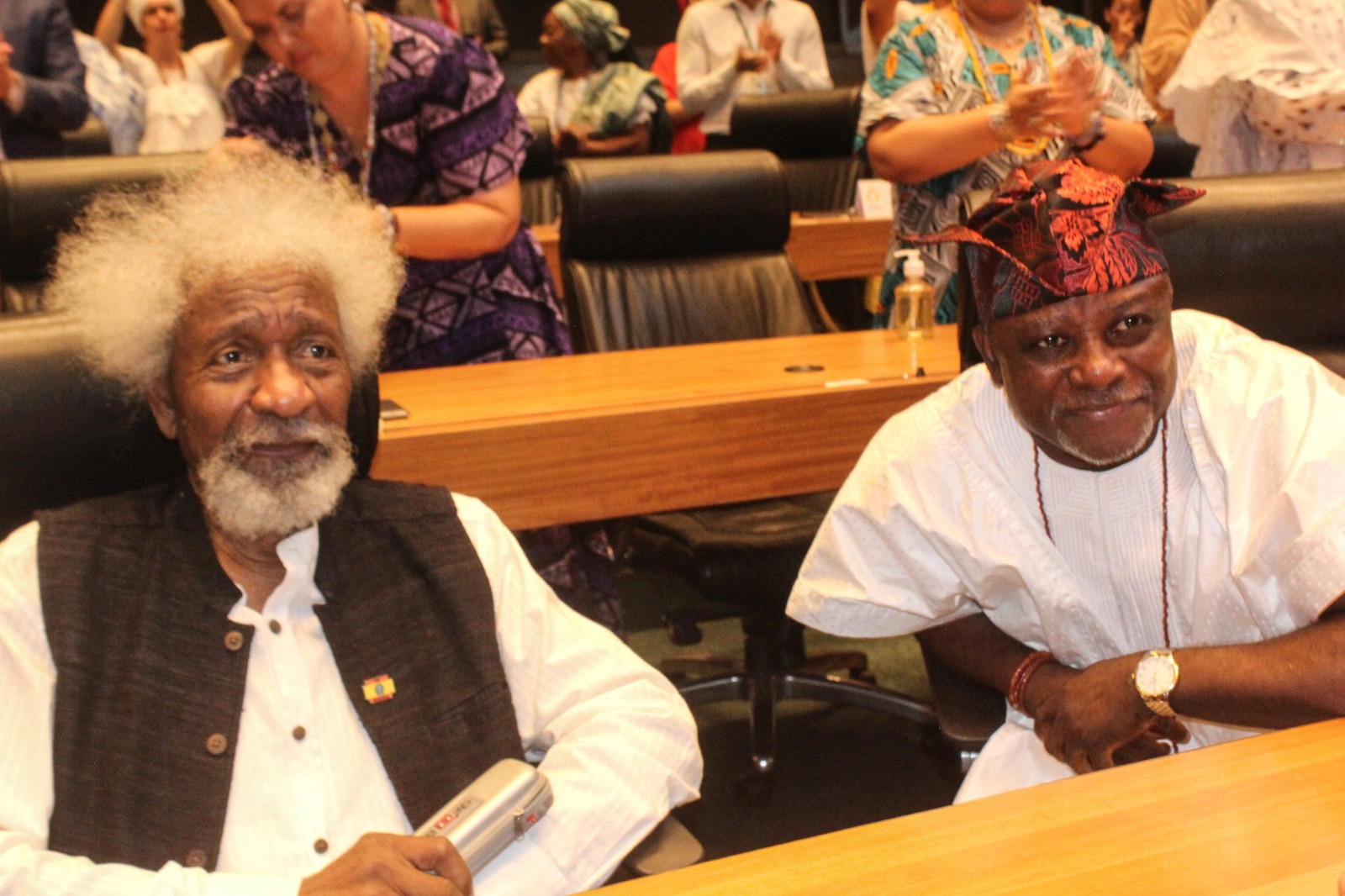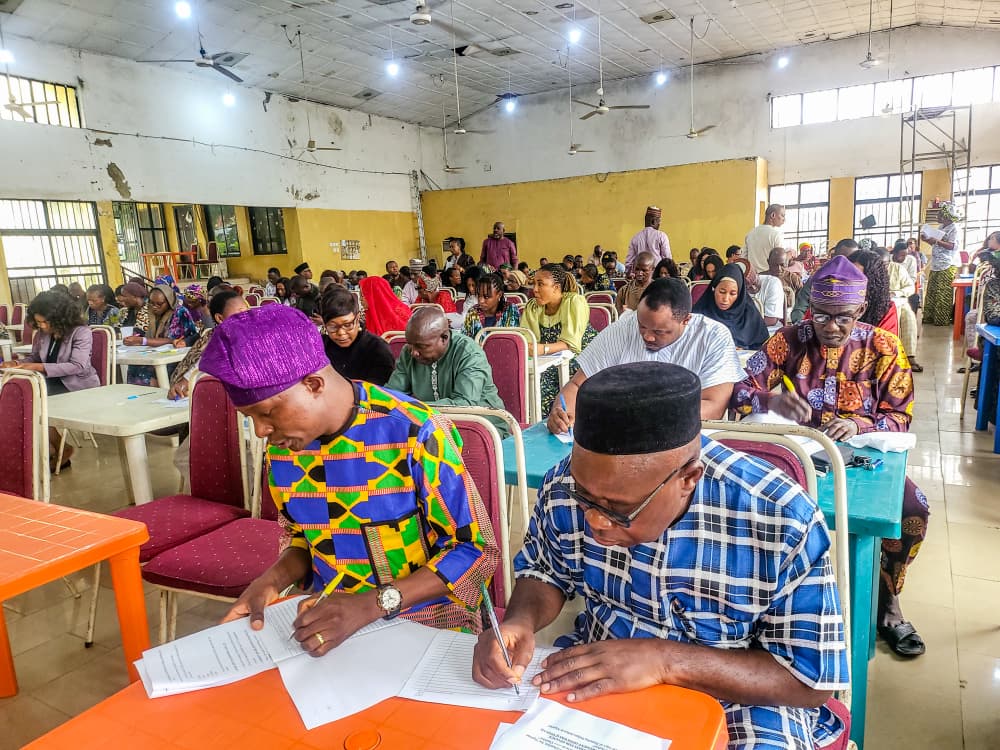It was the first week of tour activities for the participants of the 2018 Yunus Emre Institute Summer School of Ankara University, Bursa, Turkey, where a staff of the National Institute for Cultural Orientation (NICO), Corporate Affairs Unit, Miss Njideka Justina Dimgba, is currently participating in the programme.
The participants were taken to Bursa’s historic sites after each day’s class work in the first week. On Monday, 16th July, 2018, a tour guide and historian, Enis Yasar, took the participants to the Ayosofiya Mosque, Iznik. Yasar explained that, the former historic Basilica church and its Christian statues of Jesus, Mary and Joseph are evidence that Jerusalem and Rome had their third Basilica council, of 365 members in attendance, before the controversial destruction of iconic symbols of Christianity by Empress Irene and Constantinople during the Byzantine Empire.
He highlighted that the church was converted to a mosque as a result of the Ottman Benghazi conquest, and was subsequently used as both church and mosque where Christians and Moslems went to worship until the year 2012, when the Turkish president declared that it would be no longer a church but an Ayasofya mosque. The Students also visited the other six mosques in Bursa, especially, the Grand mosque or Green Mosque where pilgrims and Islamic students went for their Friday prayers.
On Tuesday, 17th July, 2018, the students were at the Southern part of Iznik to see the historic Iznik Tunic Lake of 290 square kilometers and 30 meters in depth. As a fresh water lake and the 5th biggest Lake in Turkey, it gives the populace an aquatic lifestyle. Some students had the opportunity of swimming in the lake before proceeding to the Istanbul gate. At Istanbul gate, the guide informed the students that it was through the gate that the Roman invaders and soldiers, who came from the Mediterranean Sea, entered Turkey. The Istanbul gate has since been declared a World Heritage Site by the United Nations Educational, Scientific and Cultural Organization (UNESCO).
The visit by the participants to the Inkaya plane tree of the 15th Century B.C, on Wednesday, 18th July, 2018, was very educative. The tree is at the top of the Green town, Bursa. There, they were told how the tree housed the Byzantine church before the Ottman Benghazi conquest in Brussels, presently known in Bursa as the first capital of Turkey. The 611 years old tree is 35 metres tall and 3 meters wide.
It was an evening of excitement on Thursday, 20th of July, 2018, for the participants at the Durba royal performance of Jahma. A royalty dance of 450 years old, used to the worship Allah for his supremacy over their lives, total dedication to his will and Allah‘s spiritual control over Jahma adherents, was performed. After the cultural display, the participants interacted with the teachers and students of Jahma. Afterwards, they were taken round to see a display of cultural artefacts and costumes of Jahma adherents.
On Sunday, 22nd July, 2018, the participants embarked on a 24 hours journey to the Canakkale province to see the World War Cemetery, World War Museum, the war trenches in both the Asian and Europe continents, the two castles built by Ottman Benghazi and Muhammed I, the marble temple of the Greeks and Romans, the city of Troy and the mythical Trojan horse.
The World War Cemetery, Havuzular, houses the epitaphs of 60,000 soldiers identified (although 250,000 soldiers were assumed to have been killed in the war) to have been wounded and killed during the world war. This is commemorated and celebrated on 18th March, yearly, by the Turkish people. It is noteworthy that the Europeans (Australia and New Zealand) who were the Turkish rivals during the war also have their cemetery in Canakkale. The European commemoration of their heroes past, known as Anzac Day, is usually on 25th April, yearly. They travel from their continent to Canakkale to celebrate it.
The most thrilling of all the tour activities was the visit to the digital museum studio. There, a 3D presentation of the history of the Republic of Turkey from the first Settlement in 7000 B.C; the Helikore/Tracians in the 7th Century B.C; the Antigone/Antigonia 4th Century B.C; the Nikeia of 3rd Century B.C; the Roman/Byzantine and the Ottman empires of 1925 till date, was projected and shown
The last tourist site visited was the historic city of Troy and the mythical Trojan horse, a gigantic sculptured horse, believed to have been used by the Greeks to fight their rivals during the world war. Students were also taken round the city of Troy and the trenches of the Greeks during the world war.
Njideka Dimgba
Corporate Affairs Unit,
Abuja.


